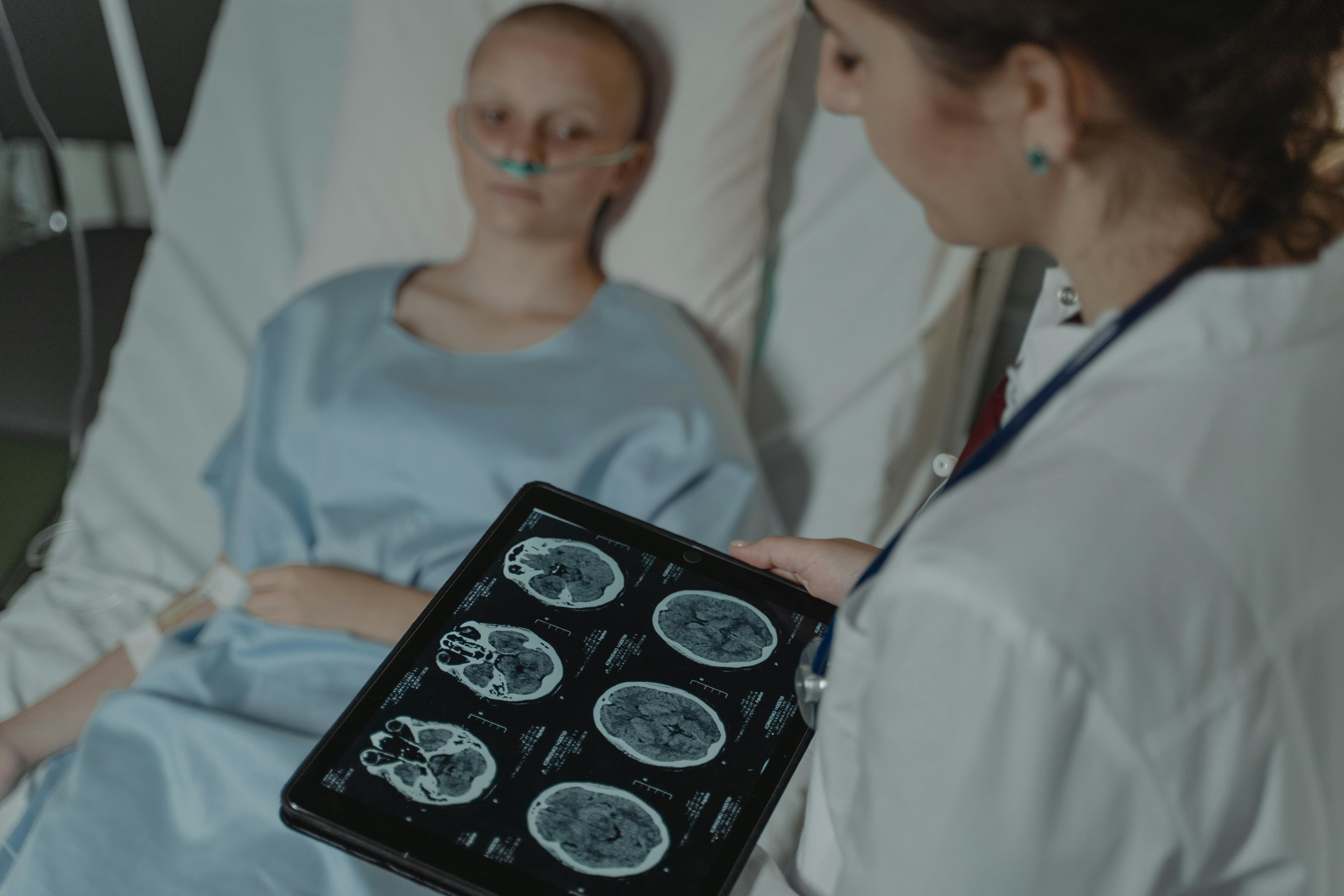R1-Zero-like Training Advances Visuospatial Reasoning in AI

Top post
Visual-Spatial Reasoning: Advances through R1-Zero-like Training
The rapid development in the field of Artificial Intelligence (AI) is constantly bringing new advances in the processing and interpretation of visual information. A particularly exciting field is visual-spatial reasoning, which enables machines to understand complex scenes and make decisions based on them. A promising approach to improving this ability is so-called R1-Zero-like training, which has recently attracted increasing attention.
What is visual-spatial reasoning?
Visual-spatial reasoning describes the ability to process visual information, recognize spatial relationships between objects, and use this information to solve problems or make predictions. This includes, for example, understanding perspectives, estimating distances, and recognizing patterns in visual data. For AI systems, this ability is essential for acting in real-world environments, whether in autonomous driving, robotics, or medical image analysis.
The R1-Zero Approach and its Significance
R1-Zero is an AI model trained through reinforcement learning that has achieved impressive results in the field of spatial reasoning. What is special about this approach is that the model learns to solve complex tasks by interacting with a simulated environment without being explicitly programmed. This principle of learning through experience allows the model to develop flexible and robust strategies that can be transferred to new situations.
R1-Zero-like training uses similar principles to improve the visual-spatial reasoning of AI models. By training in simulated environments, the models learn to understand spatial relationships and make decisions based on visual information. This approach makes it possible to develop AI systems that are capable of handling complex tasks in real-world environments.
Applications and Future Prospects
The advances in visual-spatial reasoning through R1-Zero-like training open up a wide range of application possibilities. In robotics, robots can be trained to manipulate objects, navigate in unknown environments, and perform complex tasks. In the field of autonomous driving, this technology enables an improved understanding of the traffic situation and increases road safety. In medical image analysis, the visual-spatial reasoning of AI systems can also contribute to improving diagnoses and optimizing treatments.
Research in the field of visual-spatial reasoning is dynamic and promising. Future developments could lead to even more powerful AI systems that are capable of solving complex tasks in a variety of application areas and supporting humans in many fields.
Current Research
Numerous research groups are intensively engaged in improving the visual-spatial reasoning of AI systems. Current work is investigating, for example, the integration of language models into visual-spatial reasoning systems to enable a deeper understanding of scenes. The development of new training methods and the improvement of simulation environments are also the subject of current research.
Bibliographie: https://arxiv.org/abs/2504.00883 https://arxiv.org/html/2504.00883v1 https://huggingface.co/papers https://chatpaper.com/chatpaper/?id=4&date=1743523200&page=1 https://www.linkedin.com/pulse/paper-review-deepseek-r1-incentivizing-reasoning-llms-lukyanenko-x0vxf https://github.com/turningpoint-ai/VisualThinker-R1-Zero https://openaccess.thecvf.com/content/CVPR2024/papers/Li_Know_Your_Neighbors_Improving_Single-View_Reconstruction_via_Spatial_Vision-Language_Reasoning_CVPR_2024_paper.pdf https://github.com/zhouhao028/Iknow_up https://openaccess.thecvf.com/content/WACV2024/papers/Yang_Improving_Vision-and-Language_Reasoning_via_Spatial_Relations_Modeling_WACV_2024_paper.pdf https://www.researchgate.net/publication/389786771_Towards_Reasoning_Era_A_Survey_of_Long_Chain-of-Thought_for_Reasoning_Large_Language_Models.png)


